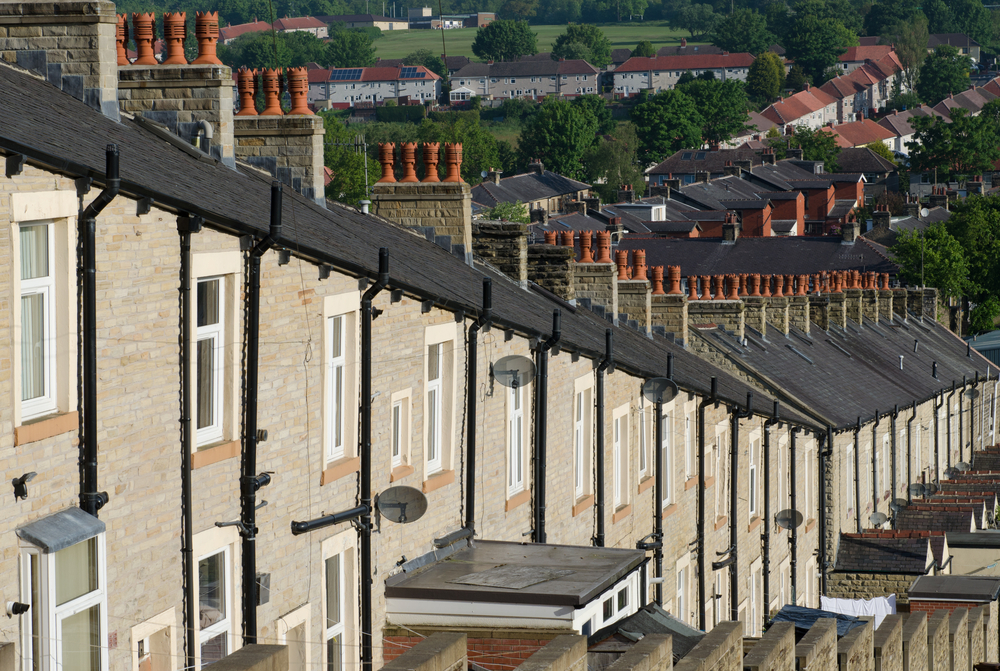
The UK holds an unenviable position with its housing being the oldest of EU member states, with nearly 38% of its homes dating from before 1946. In comparison, France is 28.7%, Germany is 24.3% and Italy 20.7%.
Obviously, the age of a dwelling may affect its energy efficiency and in an ONS study, more than half of assessed homes in both England and Wales have an EPC rating of D or lower – which can’t come as much of a surprise. This equates to more than 12.6 million homes in England alone.
This should also be considered alongside the UK government’s ambitious net zero by 2050 target, as research conducted by the National Housing Federation calculated that England’s 25 million homes produce 58.5 million tonnes of CO2 every year (equivalent to the emissions from our 28 million cars).
Amidst all the above, the term ‘retrofit’ has entered common parlance, so I thought I’d explain what this means, and highlight one of the specifications around it.
What is domestic retrofit?
Domestic retrofit refers to improving or upgrading existing residential buildings to make them more energy-efficient, sustainable, and comfortable. It involves implementing a range of measures and technologies to reduce energy consumption, decrease greenhouse gas emissions, and enhance overall performance.
Some common retrofit measures include:
Adding or improving insulation in walls, roofs, and floors to reduce heat loss or gain.
Replacing windows and doors with energy-efficient ones that have improved thermal performance.
Upgrading or replacing outdated heating systems with more efficient options such as condensing boilers, heat pumps, or solar thermal systems.
Improving ventilation systems to enhance indoor air quality (IAQ) – while minimising heat loss.
And installing renewable energy systems like solar panels or wind turbines to generate electricity or heat.
Domestic retrofit projects are typically tailored to the specific needs and characteristics of each building – and the funding client.
They can be carried out to focus on groups of individual measures or as comprehensive whole-house projects, aiming for a significant overall improvement in energy performance.
What is PAS 2035?
To support delivery of retrofit programmes of work at scale, the UK government commissioned a review into the sector, and then tasked the industry with creating a set of standards to improve delivery.
From this review, PAS 2035 was created. PAS 2035 is a publicly available specification developed by the British Standards Institution (BSI), in collaboration with industry stakeholders.
It provides a framework for the retrofitting of domestic dwellings in the UK, with a focus on increasing energy efficiency and reducing carbon emissions.
Compliance with the specification ensures that retrofit projects are carried out in a structured and systematic manner (following defined practices) and consider the specific characteristics of each building and occupant.
It sets out requirements and recommendations for all stages of the retrofit process, from initial assessment to post-installation evaluation.
Key aspects and principles of PAS 2035 include:
Whole-house approach: considering the entire building as a system, taking into account factors such as insulation, ventilation, heating, and renewable energy sources.
Retrofit coordinator: oversees the retrofit process, ensuring that all relevant standards, regulations, and guidelines are followed.
Assessment and evaluation: establishing the need for a thorough assessment of a building, identifying areas for improvement. Post-installation evaluations verify the effectiveness of the retrofit works.
Competency: PAS 2035 outlines competency requirements for participants involved in the retrofit process, including retrofit advisors, assessors, designers, coordinators, evaluators, and installers.
Quality assurance: including installation inspections and monitoring of completed works to ensure that the desired outcomes are achieved.
With both the UK and Scottish governments making PAS 2035 a mandatory part of current and future delivery programmes of funding, it is imperative that we, as a sector, both rise to the challenge of the retrofit revolution, and embrace the opportunity of working to a higher degree of professional obligation.
Jonathan Bourke is director of retrofit at Countrywide Surveying Services



